A Path Forward
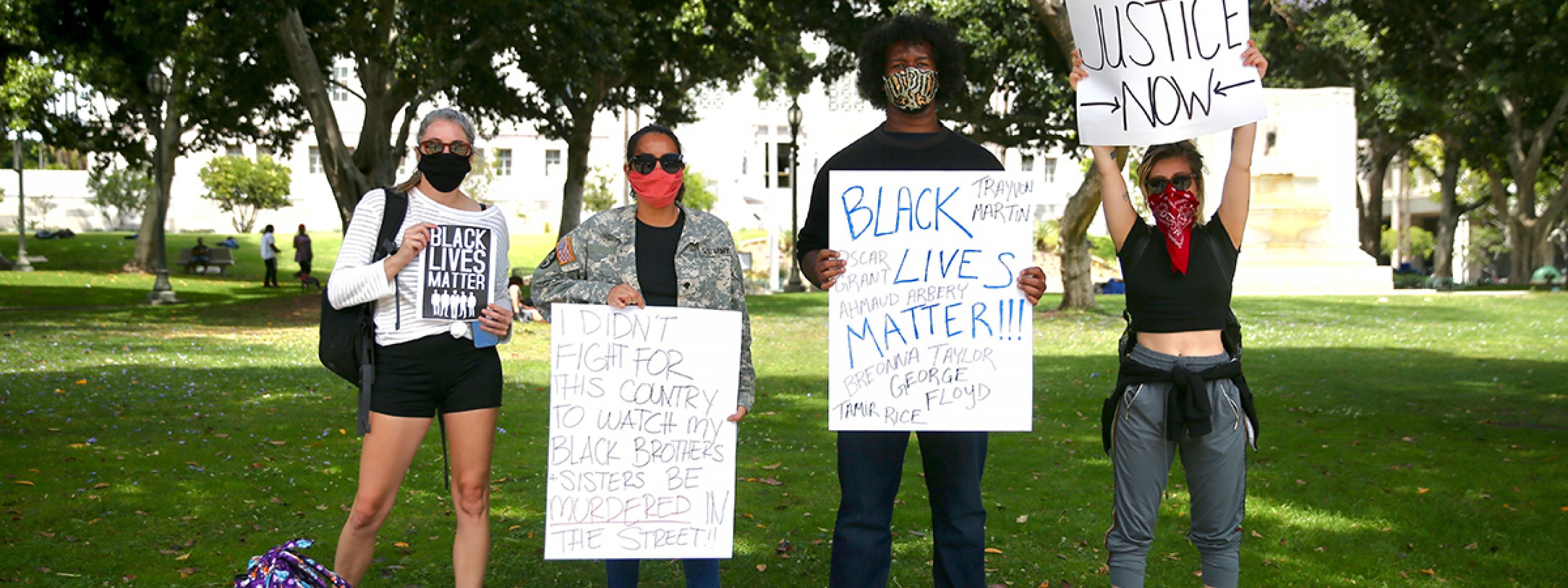
As an academic community, the most important thing we can continue to do is to fill this moment with the strength of our collective voices.
We must not only condemn the killing of Black Americans and the continued violence against and harassment of people of color, we must use our voices to demand change and take actions to ensure that change begins — and does not stop — with us. Reporting, witnessing and analyzing networks of communion and community, while speaking truth to power, is what we do. And this has never been more important than right now.
We have created this page to provide the USC Annenberg community with a space to come together — to actively, openly and compassionately engage with issues of racial justice.
To begin, we have a growing body of work that Miki Turner, assistant professor of professional practice, has started with our students to help them seize this moment and to elevate their voices. We are also including the work of our faculty, staff, alumni and wider community, who are using their research, practice, teaching and scholarship to navigate this ongoing crisis.
Photo by Miki Turner.
Community Voices

Reagan Griffin, Jr.: A letter to my white friends
“You all know me as the sports guy. When you have questions about who to start in your fantasy lineup, or what trade rumors are floating around the NBA, or who is good in the upcoming draft class, you come to me for answers — and I happily oblige. But sports is not the only subject on which you should consider my expertise.” Continue reading...

Brenda Vega: To non-Black allies like myself, it’s time to speak up
“My parents have lived in our home in South Central LA since the early 1980s. They were proud of their neighborhood and were very active in community affairs. They had participated in the 1992 rebellions following the acquittal of the four Simi Valley policemen who had beaten Rodney King to death.” Continue reading...
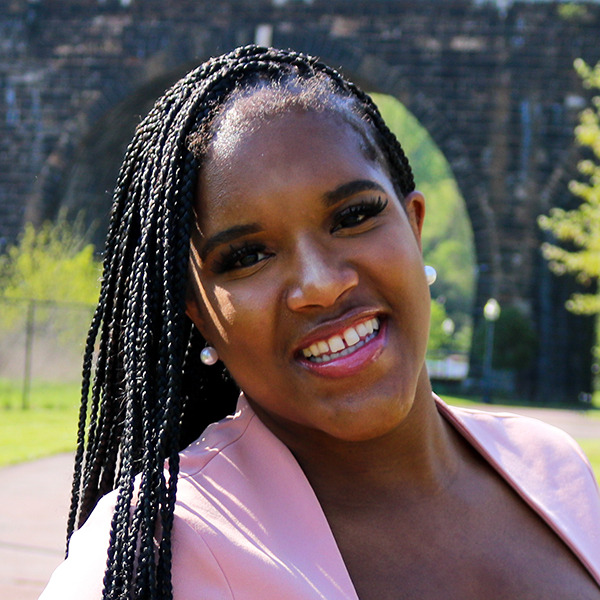
Jamia Pugh: Black with a capital B
“For anyone who knows me and isn’t Black, this letter is for you.” Continue reading...

Luke Scorziell: We must love without distinction or partiality
“My heart is heavy, and the heart of our nation is heavy. This year, already plagued by disease and anxiety, will have the same scar of racial injustice and inequity as those before it.” Continue reading...

Mia Hairston: We are not in this together
“There is only so much trauma a person can take in. I have grown into an adult watching the bodies of my peers die at the hands of the police.” Continue reading...
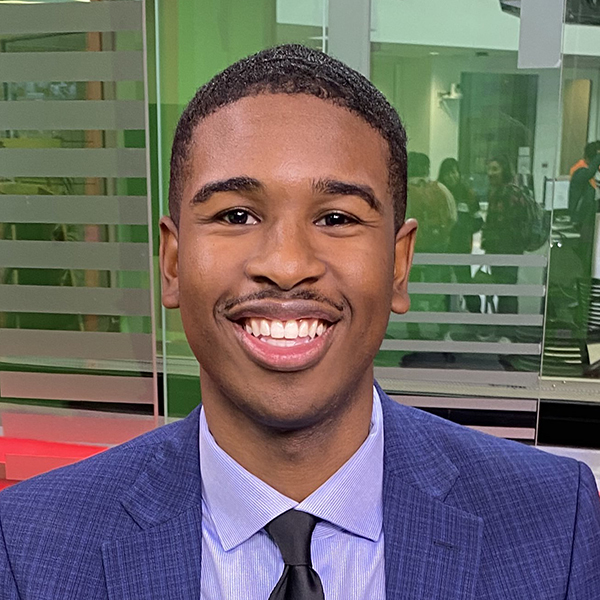
Jordan Hunter: A letter to the Black body
“This is America. This is the crude, cold reality we live in as Black bodies in 2020.” Continue reading...

Amy Altman: Pondering the effectiveness of protesting
“Because of the color of my skin, I have never had to worry about being an automatic suspect in the eyes of law enforcement, a perceived threat to neighbors while completing simple activities like jogging, or even comprehend the unspoken rules on avoiding physical harm when getting pulled over by police.” Continue reading...
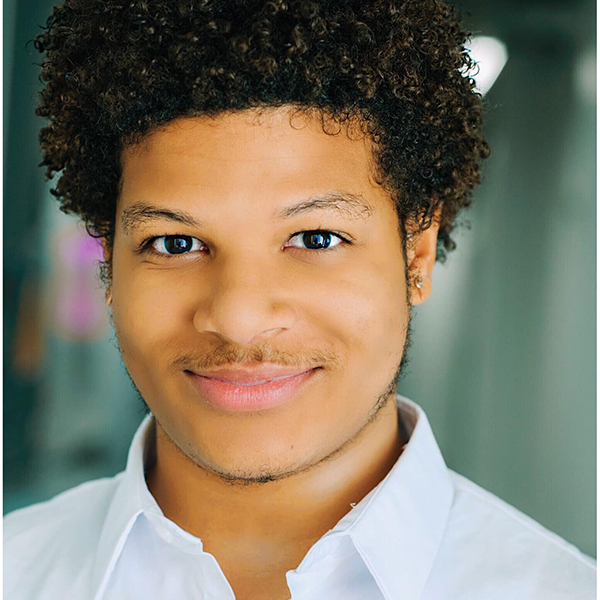
Daric L. Cottingham: Hearts shattered, we’ve been crying for help
“Using me or any other Black person as a poster child to appease your guilt is not the answer. The answer is being genuine and actively addressing the systemic racism that Black people face daily.” Continue reading...
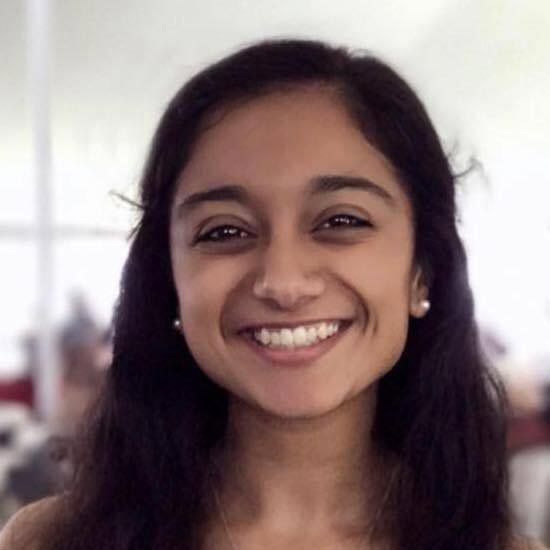
Simrin Singh: Change can begin in the classroom
“As I try to understand why racism continues to breed, breathe, live and prosper in America, I keep running into problems within our education system. I went to a “blue-ribbon,” award-winning school, yet we were never given the tools to learn how to empathize with Black people.” Continue reading...

Julio Martinez: Teach love please, a poem
“Last week, one of the most repulsive and sickening videos we, as a country...NO...as humans, had ever seen, Horrifyingly invaded every social media platform, website, and television screen.” Listen now or continue reading...

Twesha Dikshit: Black lives matter beyond viral hashtags
“America is burning. Decades of injustice, violence, racism and white supremacy have fueled the flames that are bringing people to the streets to demand justice and accountability. White privilege has always been used as a weapon against minorities, be it Amy Cooper retaliating by calling the cops on Christian Cooper for asking her to follow rules or Ahmaud Arbery being murdered for jogging in his neighborhood. These are not isolated incidents.” Continue reading...
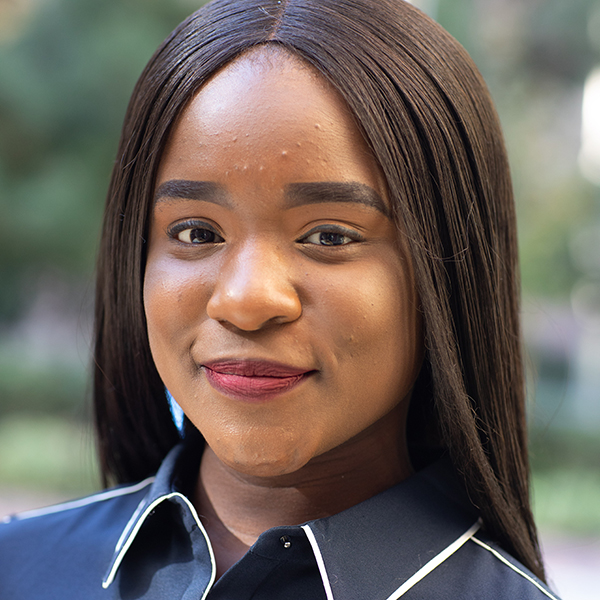
Amanda Ani-Offiong: An outsider’s point-of-view
“If I'm honest, growing up in Nigeria meant that I never had to think about these things or the color of my skin as being a disadvantage.” Continue reading...
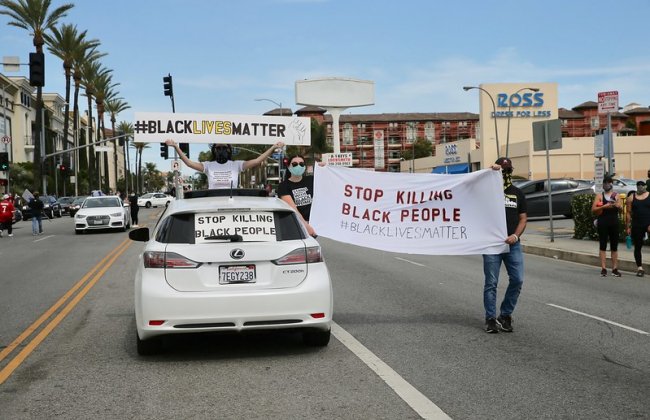
Signs of the times
“These, my friends, are the signs of the times. America is under arrest — literally and figuratively. The senseless slayings of Black people by policeman and ordinary citizens; a president who’d rather deflect than reflect and do his job; a contagion that is killing us physically and spiritually and a nation that can’t get out of its own way long enough to heal from all of wounds of the past and present. These shots were taken in downtown Los Angeles and the Miracle Mile/Fairfax district.” —Miki Turner, assistant professor of professional practice
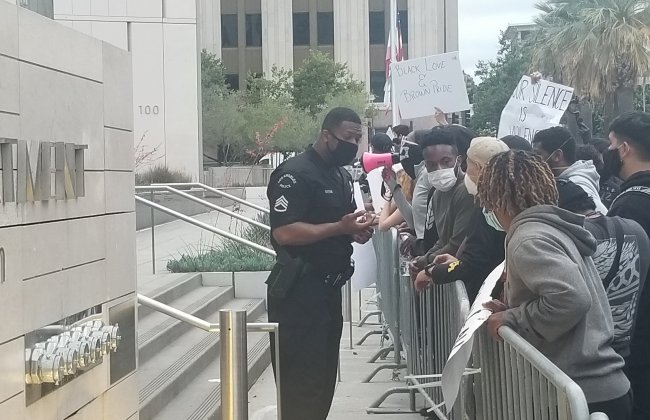
The mornings after the nights before
“I decided to do a photographic, journalistic essay as a way to process, highlight and reflect upon some of the aspects of the current crisis. Following scholars like Les Black, the idea is to develop a sociological lens through which to better understand the social world, using our ethnographic eyes and ears. All photos were taken over many, many hours between Friday, May 29 and Sunday, May 31, 2020, in downtown Los Angeles, using a Samsung S8 phone. No filters, cropping or adjustments have been made to the images other than my decision as to what to photograph, when and from what angle.” —Ben Carrington, associate professor of journalism and sociology